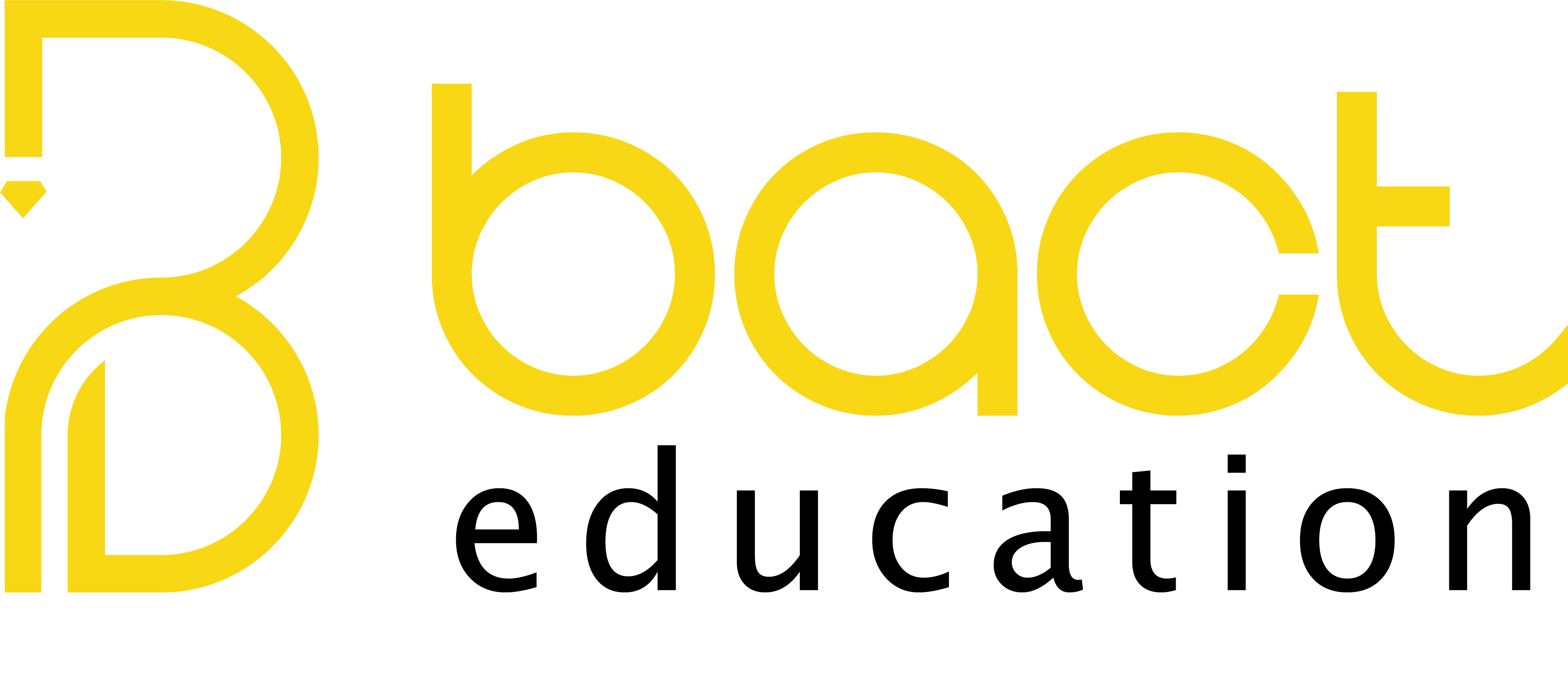Inclusive Teaching Environment in Educational Institutions
Inclusive education is one of the fundamental pillars for achieving a fair and balanced educational environment. It aims to provide equal opportunities for all students regardless of their cultural backgrounds, abilities, or special needs. In higher education institutions, an inclusive teaching environment plays a vital role in promoting equal opportunities, supporting diversity, and creating an effective learning experience for everyone.
Importance of an Inclusive Teaching Environment in Education
-
Enhancing Access and Participation for All
Inclusive teaching ensures that all students, including people of determination, can participate effectively in the educational process without barriers.
Using flexible teaching strategies such as blended learning and assistive technologies helps improve the learning experience.
-
Improving Academic Performance
Studies indicate that educational environments embracing diversity and inclusivity help improve student outcomes, as students feel supported and motivated to participate.
When all students are treated fairly and receive equivalent resources, they are more driven to succeed and develop academically.
-
Fostering an Open and Tolerant Environment
Inclusive teaching contributes to spreading values of tolerance and understanding among students, which promotes a culture of collaboration and effective communication.
In multicultural cities like Dubai, where students come from various backgrounds, inclusive teaching helps build bridges of understanding between different cultures.
-
Compliance with Policies and Regulations
Dubai implements strict policies to support inclusive education, such as the “Dubai Disability Strategy 2020,” which aims to make Dubai a friendly city for people of determination.
Educational authorities, such as the Knowledge and Human Development Authority (KHDA), ensure that educational institutions comply with inclusivity principles and provide necessary support for all students.
-
Leveraging Technology to Support Inclusive Teaching
The use of modern technologies such as artificial intelligence, interactive programs, and online learning enhances learning opportunities for all groups.
In Dubai, universities and higher education institutions offer smart solutions such as “data-driven learning” to ensure that each student receives an educational experience tailored to their needs.
Challenges and Solutions in Implementing Inclusive Teaching
-
Challenges
- Lack of awareness and training among faculty members on inclusive teaching strategies.
- Resistance from some educational institutions to modify curricula or provide additional resources.
- Diverse educational needs of students, making it difficult to offer comprehensive solutions for all.
-
Proposed Solutions

